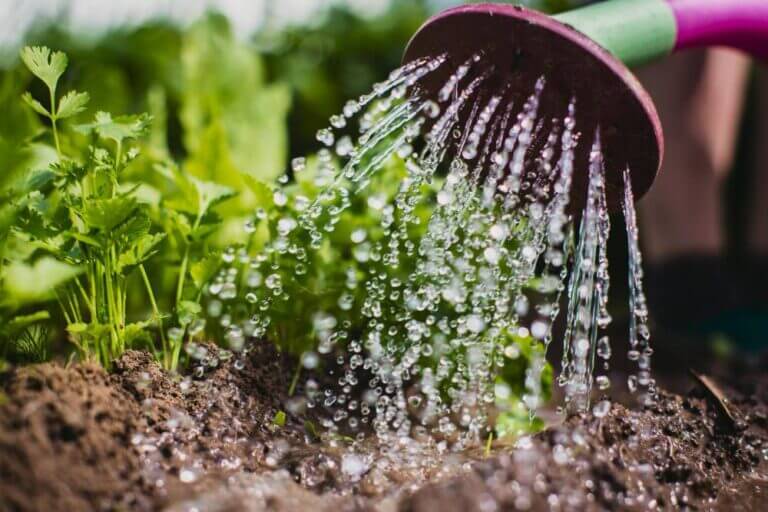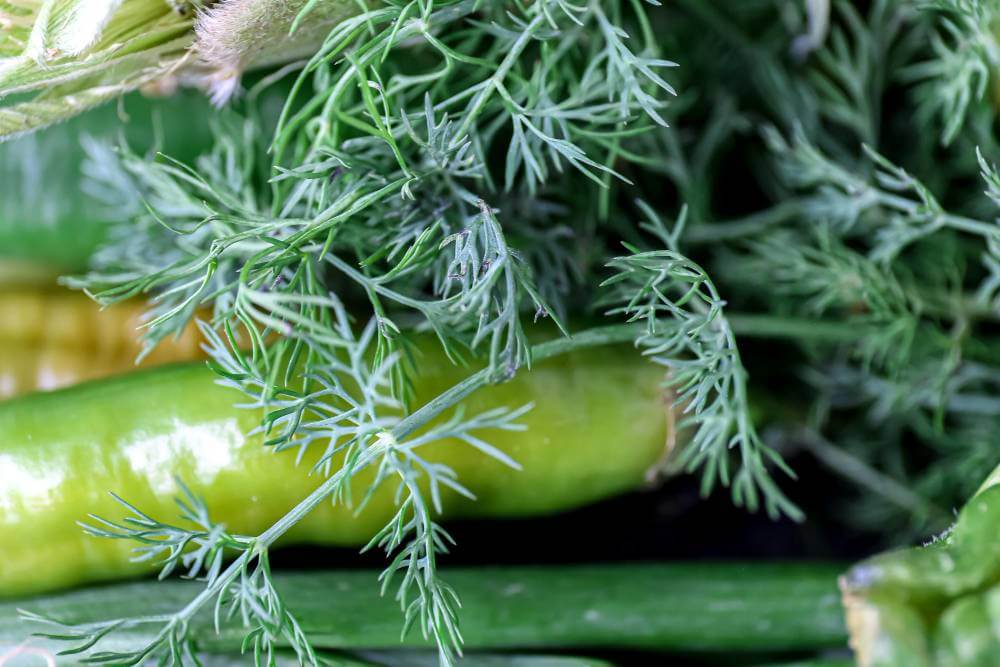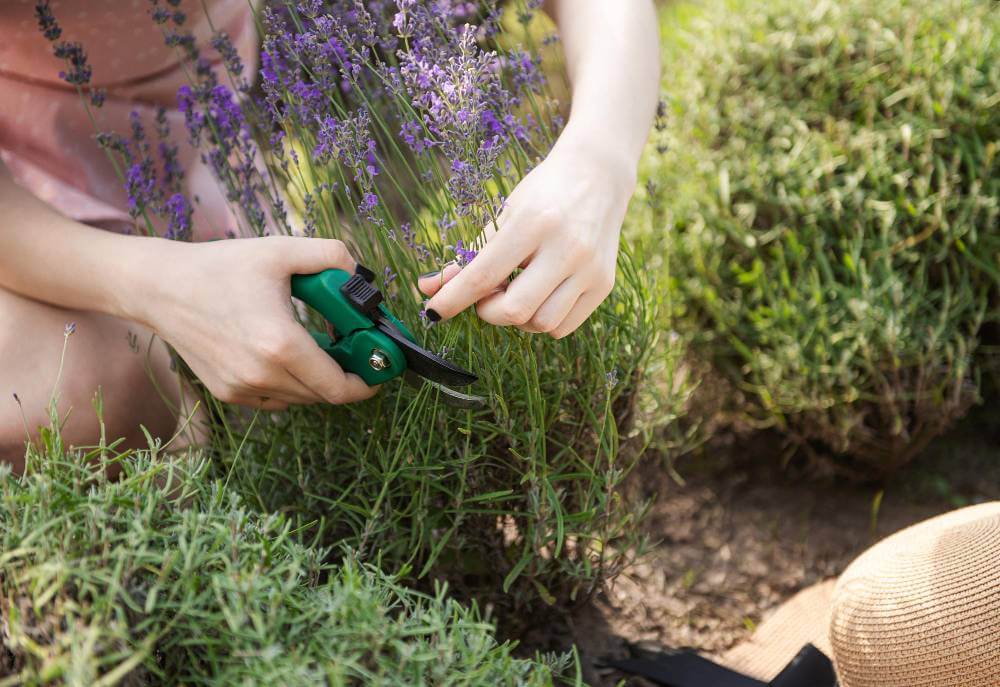Hello everyone! Today, I’m diving deep into the world of herb garden irrigation techniques. From the simplest watering methods to the most complex systems, we’ll explore the pros, cons, and some quirky tidbits along the way. So, grab your watering can, and let’s get started!
Hand Watering: A Labor of Love
Let’s start with the classic hand-watering technique. It’s simple, straightforward, and requires nothing more than a trusty watering can and a bit of elbow grease. For small herb gardens, hand watering can be quite effective and budget-friendly, as it doesn’t require any additional equipment.
However, hand watering can be time-consuming, especially for larger gardens. Plus, there’s always the risk of over or underwatering if you’re not careful. And during the hot summer months, herbs may require more frequent watering, making hand watering less efficient.
Nurturing Your Herbs with Watering Wands
Watering wands are versatile tools that offer a hands-on approach to watering your herb garden, providing both precision and flexibility. While the initial cost of purchasing a watering wand may be relatively low compared to other irrigation systems, the simplicity of its design makes it easy to use for gardeners of all skill levels. With a watering wand, you have direct control over where the water goes, minimizing waste and ensuring that each herb receives the right amount of hydration. This precision watering also helps to prevent soil erosion and runoff, making it an eco-friendly choice for gardeners concerned about water conservation.
However, watering wands may not be suitable for larger herb gardens, as they can be time-consuming to use and may require frequent refills of water. Additionally, they may not be as efficient as drip irrigation systems in delivering water directly to the roots of plants. Despite these limitations, watering wands remain a practical and effective option for smaller herb gardens or for gardeners who prefer a more hands-on approach to watering.
Soaker Hoses: The Quiet Achievers
Next up, we have soaker hoses – the unsung heroes of herb gardens everywhere. These porous hoses are designed to deliver water directly to the soil, promoting deep root growth and minimizing surface evaporation. They’re relatively easy to install and can adapt well to the changing seasons, providing consistent moisture to your herbs.
On the downside, soaker hoses may require a bit of upfront investment, although they’re generally more affordable than complex irrigation systems. And while they’re great for delivering water directly to the roots, they may not be as effective for herbs with shallow root systems.
Herbs with shallow roots, such as basil or cilantro, typically have root systems that are closer to the soil surface. Soaker hoses, which primarily deliver water to the deeper layers of soil, may not effectively reach the shallow roots of these herbs. As a result, shallow-rooted herbs may not receive sufficient hydration or may become waterlogged if the soil remains overly saturated at the surface.
In such cases, alternative watering methods, such as hand watering or using a watering wand, may be more appropriate for ensuring that shallow-rooted herbs receive adequate moisture. These methods allow for targeted watering directly around the base of the plants, ensuring that water reaches the shallow roots where it’s needed most.
Sprinkler Systems: Making Rainbows
Sprinkler systems, those whimsical water dancers of the garden, are a popular choice for herb gardeners. They cover a wide area, making them ideal for larger gardens, and can adapt to different seasons with adjustable settings. However, they can be more costly to install and maintain, and there’s the risk of water waste if not properly adjusted.
Additionally, sprinklers may not be the most effective option for all herbs, as some may be sensitive to overhead watering. Herbs like rosemary or lavender, for example, prefer drier conditions and may suffer from excessive moisture.
For herbs with differing moisture requirements, zoning your sprinkler system can be key. By dividing your garden into zones based on herb groupings with similar watering needs, you can customize watering schedules and durations accordingly. Additionally, using adjustable sprinkler heads or installing drip irrigation attachments can help deliver water precisely where it’s needed, ensuring that each herb receives the appropriate amount of hydration without overwatering or underwatering.
Drip Irrigation: Water Whisperers
Drip irrigation systems are the stealthy ninjas of the watering world, delivering water directly to the roots with minimal waste. They’re highly efficient and can be customized to meet the specific needs of your herbs. However, they can be more complex to install and may require regular maintenance to prevent clogs or leaks.
While drip irrigation systems can be more costly upfront, they often save water in the long run, making them a sustainable option for herb gardens. They’re also adaptable to different seasons, allowing you to adjust watering schedules as needed.
Embracing Efficiency with Automated Timers
Automated timers are devices that regulate the timing and duration of watering in an irrigation system. These timers can be programmed to turn the water on and off at scheduled intervals, eliminating the need for manual intervention. By integrating automated timers into a drip irrigation system, you can automate the watering process, ensuring consistent and efficient hydration for their plants.
While the initial cost of installing automated timers may be higher compared to manual watering methods, the long-term benefits often outweigh the investment. However, setting up automated timers can be a bit complex, requiring some technical know-how or professional assistance. Once installed, these timers can help minimize water waste by delivering precise amounts of water at scheduled intervals, adapting to seasonal changes effortlessly. This ensures that your herbs receive consistent hydration, promoting healthy growth and maximizing effectiveness. With automated timers, you can bid farewell to the hassle of manual watering and embrace a hands-free approach to nurturing your herb garden.
Watering Methods to Planters and Raised Beds
When it comes to watering planters and raised garden beds, it’s essential to recognize that these environments have different moisture retention capabilities compared to traditional in-ground gardening. Planters and raised beds often have faster drainage rates, meaning they require more frequent watering to maintain optimal soil moisture levels, especially during hot and dry weather.
The material composition of planters and raised beds can also influence watering requirements. Wooden containers, for instance, may absorb moisture and require more frequent watering compared to containers made of plastic or metal. This necessitates a more vigilant approach to watering, with regular checks to ensure that plants are receiving adequate hydration.
To effectively water planters and raised garden beds, consider using watering tools and techniques tailored to these environments. Watering wands, drip irrigation systems, or soaker hoses can be excellent options for delivering water directly to the root zones of plants while minimizing runoff and water wastage. Ensuring proper drainage in planters and raised beds is essential to prevent waterlogging, which can lead to root rot and other issues.
Choosing the Best Irrigation Method for Your Herb Garden
When it comes to choosing the best irrigation method for your herb garden, consider factors such as the size of your garden, your budget, and the specific needs of your herbs. For smaller gardens, hand watering, Watering Wands, or soaker hoses may be sufficient, while larger gardens may benefit from the efficiency of sprinkler or drip irrigation systems.
Ultimately, the best irrigation method is the one that works for you and your herbs, providing them with the right amount of water at the right time. So, experiment, have fun, and don’t be afraid to get a little wet along the way!
Ready to dive deeper into the world of gardening? Explore more insightful posts and tips on my blog to enhance your green thumb journey!







